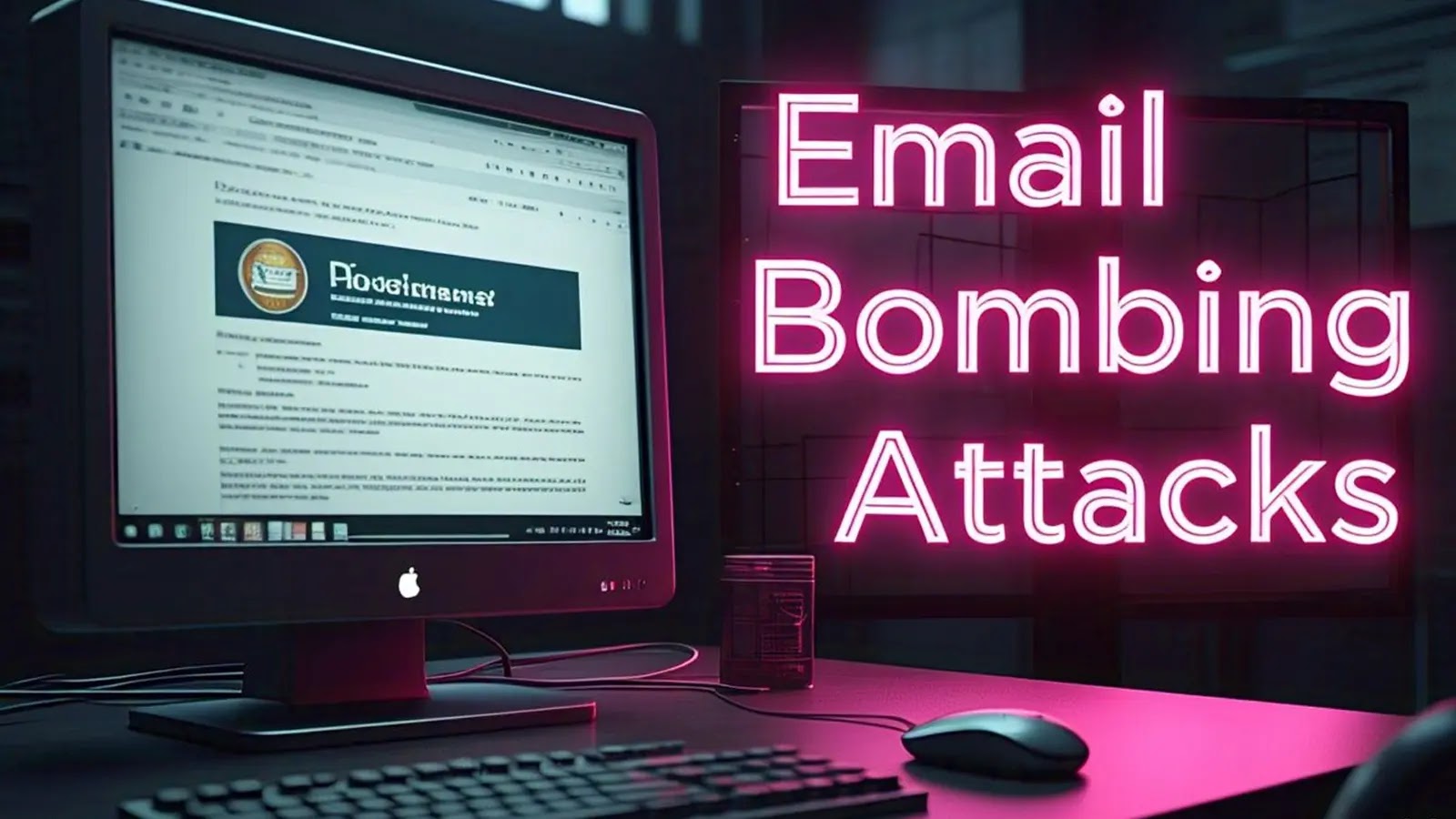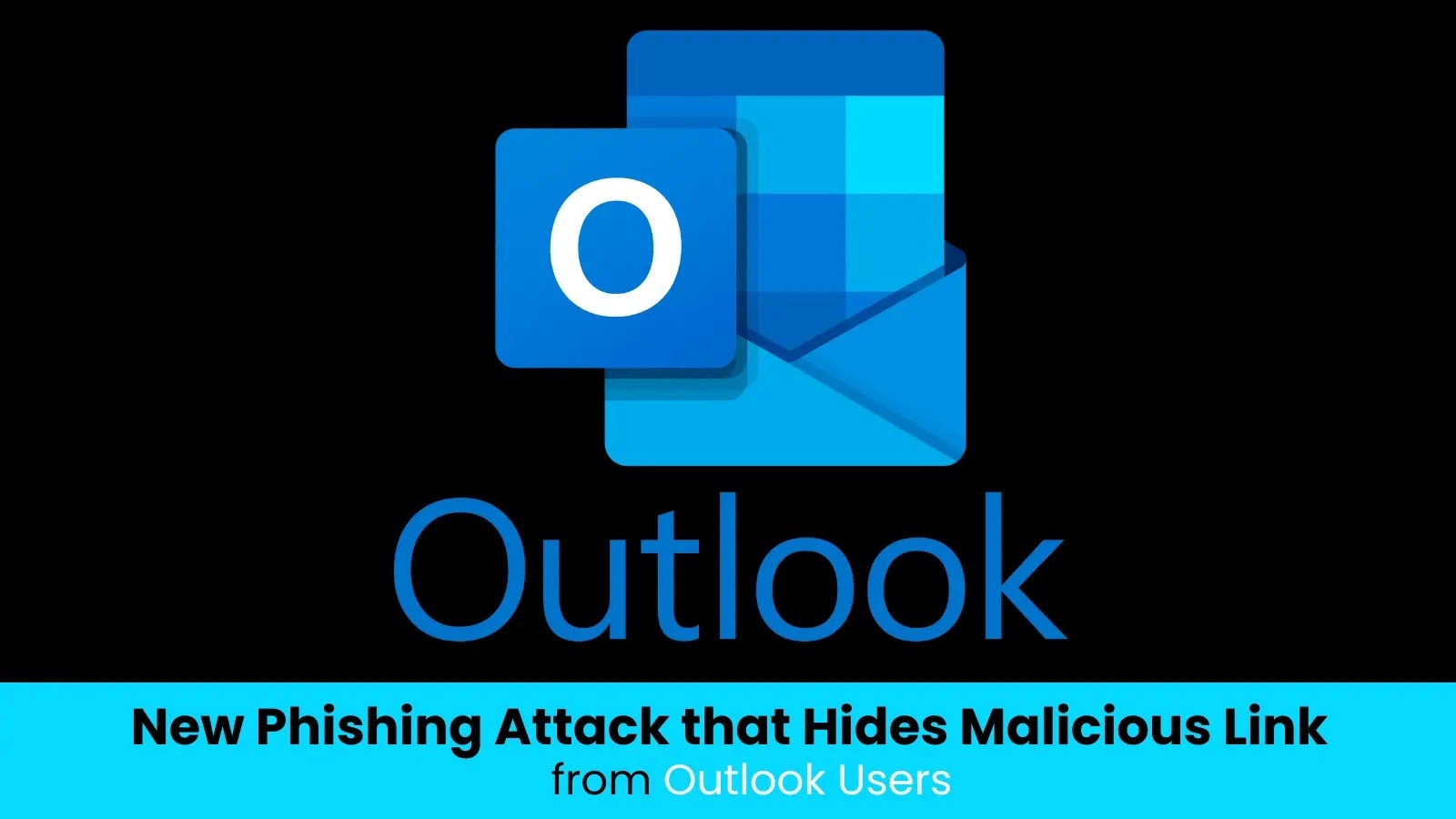In the evolving landscape of cyber threats, email bombing has emerged as a sophisticated tactic employed by malicious actors to overwhelm victims’ inboxes and mask more insidious activities. This method involves inundating a target’s email account with a deluge of messages, effectively creating a smokescreen that diverts attention from unauthorized transactions, data breaches, or other malicious endeavors.
Understanding Email Bombing
Email bombing is a form of denial-of-service (DoS) attack where an attacker floods an email address with thousands of messages in a short period. The primary objectives are to disrupt the victim’s ability to use their email effectively and to conceal other malicious activities. By overwhelming the inbox, legitimate communications, such as security alerts or transaction confirmations, are buried, making it challenging for the victim to detect unauthorized actions.
Real-World Incidents
Several notable incidents highlight the use of email bombing in cyberattacks:
– Australian Government Office Attack: In March 2023, an Australian woman was arrested for allegedly sending over 32,000 emails to a Federal Member of Parliament’s office within 24 hours. This deluge prevented employees from accessing IT systems and obstructed public communication with the office. The attacker utilized multiple domains to send the emails, complicating efforts to filter out the spam. ([bleepingcomputer.com](https://www.bleepingcomputer.com/news/security/australian-woman-arrested-for-email-bombing-a-government-office/?utm_source=openai))
– Microsoft Teams Exploitation: In early 2025, threat actors exploited Microsoft Teams to conduct email bombing attacks. They posed as tech support workers, leveraging the platform’s default configuration that allows external users to initiate chats or meetings with internal users. This tactic facilitated the delivery of malicious content and the establishment of unauthorized access. ([itpro.com](https://www.itpro.com/security/cyber-attacks/hackers-are-using-microsoft-teams-to-conduct-email-bombing-attacks?utm_source=openai))
– iPhone Theft Concealment: In September 2024, a data scientist experienced an email bomb attack where their inbox was flooded with thousands of messages in various languages. This overwhelming influx was a diversion to obscure the fraudulent purchase of an iPhone 15 using the victim’s email and credit card information. ([forbes.com](https://www.forbes.com/sites/daveywinder/2024/09/27/email-bombers-strike-with-50000-messages-to-hide-iphone-theft/?utm_source=openai))
Tactics and Techniques
Cybercriminals employ various methods to execute email bombing attacks:
– Subscription Bombing: Attackers use scripts to subscribe the victim’s email address to numerous online services and newsletters, resulting in a flood of confirmation emails.
– Large Attachment Attacks: Multiple emails with large attachments are sent to consume server storage space, potentially rendering the email server unresponsive.
– Link Listing Attacks: The target mailbox is flooded with content from maliciously subscribed sources, overwhelming the inbox.
– Email Bombing as a Service: On the dark web, services are available that allow attackers to send thousands of emails to a target for a fee, making this tactic accessible to a broader range of threat actors. ([forbes.com](https://www.forbes.com/sites/daveywinder/2024/09/27/email-bombers-strike-with-50000-messages-to-hide-iphone-theft/?utm_source=openai))
Mitigation Strategies
To defend against email bombing attacks, organizations and individuals can implement several measures:
1. Implement reCAPTCHA: Utilize reCAPTCHA technology on online forms to prevent automated bots from subscribing email addresses to services without consent. ([govinfosecurity.com](https://www.govinfosecurity.com/email-bomb-attacks-filling-up-inboxes-servers-near-you-a-24661?utm_source=openai))
2. Email Filtering and Spam Detection: Deploy advanced email filtering solutions that can detect and quarantine suspicious emails, reducing the chances of an email bomb attack reaching the inbox. ([blog.mailfence.com](https://blog.mailfence.com/email-bomb-defense-7-essential-strategies-to-protect-your-inbox/?utm_source=openai))
3. Restrict External Communications: Configure communication platforms, such as Microsoft Teams, to restrict calls and messages from external organizations unless there is a legitimate need. ([spamtitan.com](https://www.spamtitan.com/blog/email-bombing-essential-infomation/?utm_source=openai))
4. User Education: Educate users about the signs of email bombing attacks and encourage vigilance in monitoring email activity. Users should be cautious of unexpected influxes of emails and report suspicious activity promptly. ([blog.mailfence.com](https://blog.mailfence.com/email-bomb-defense-7-essential-strategies-to-protect-your-inbox/?utm_source=openai))
5. Regular Software Updates: Keep email clients and security software up-to-date to patch known vulnerabilities that attackers could exploit. ([blog.mailfence.com](https://blog.mailfence.com/email-bomb-defense-7-essential-strategies-to-protect-your-inbox/?utm_source=openai))
6. Strong Passwords and Two-Factor Authentication (2FA): Implement strong, unique passwords and enable 2FA to add an extra layer of security to email accounts. ([blog.mailfence.com](https://blog.mailfence.com/email-bomb-defense-7-essential-strategies-to-protect-your-inbox/?utm_source=openai))
Conclusion
Email bombing attacks represent a significant threat in the cybersecurity landscape, serving as both a disruptive force and a diversionary tactic for more malicious activities. By understanding the methods employed by attackers and implementing robust security measures, organizations and individuals can better protect themselves against these insidious attacks. Continuous vigilance, user education, and the adoption of advanced security technologies are essential in mitigating the risks associated with email bombing.



